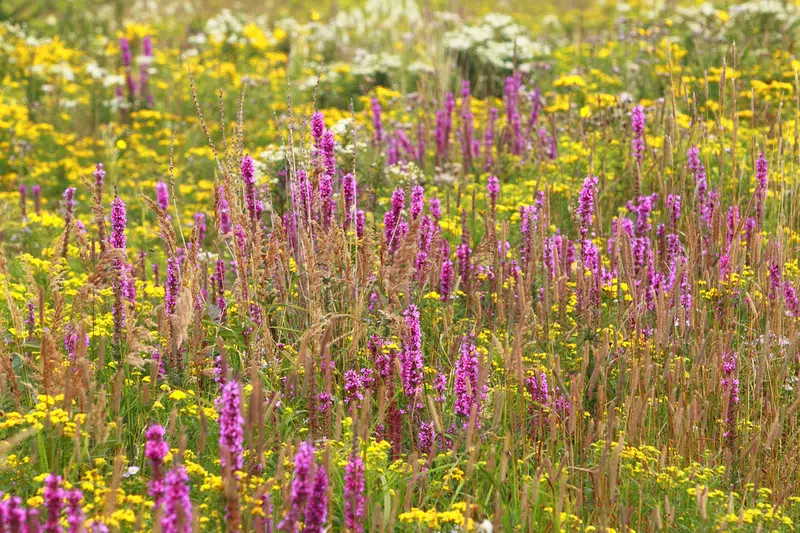
Invasive species a growing problem in province, region
They can be beautiful plants and come with entertaining names, however, their impact on the environment is not as friendly.
The Nature Conservancy of Canada (NCC) recently released a list of the country’s top 10 invasive plants, seven of which call Saskatchewan home in growing numbers.
“They have a big impact on biodiversity,” Cameron Wood with the NCC said.
The list was complied and released in an effort to educate the public in the hopes people will up the anti in fighting the plants.


